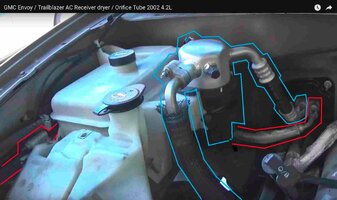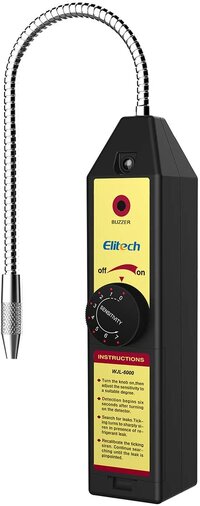- May 3, 2012
- 54
Been trying to track down this whistling noise for a while. Pretty sure its coming from the area behind the glovebox. Seems to happen every 10-13 seconds or so while at around 2k RPM. If I turn off the A/C the noise stops instantly. My only guess is something with the evaporator. Just had the blower motor out to check for any debris and because its also been making a ticking noise but everything was clean.
I made a video to record the sound. Does it 3x in the video with the last one (around 39 seconds) being the loudest. Doesn't seem that loud in the video but its pretty annoying. Any ideas?
Thanks.
I made a video to record the sound. Does it 3x in the video with the last one (around 39 seconds) being the loudest. Doesn't seem that loud in the video but its pretty annoying. Any ideas?
Thanks.



